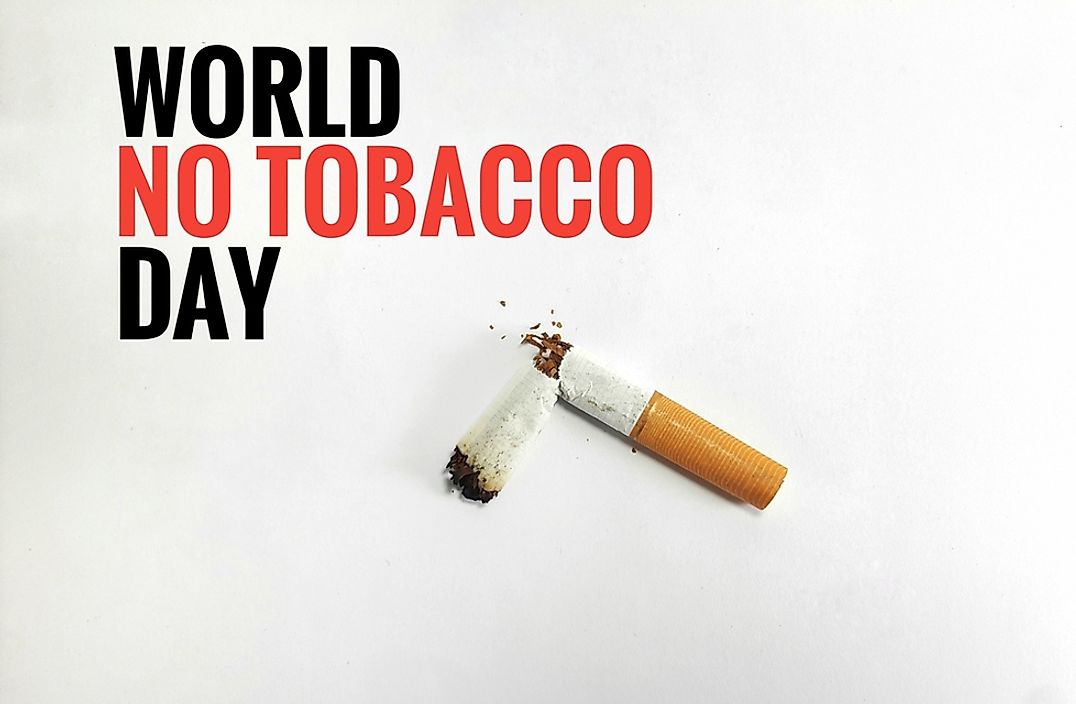What and When Is World No Tobacco Day?

World No Tobacco Day is an international day designated by the World Health Organization (WHO) to advocate for effective policies aimed at reducing the global consumption of tobacco. Each year on May 31, the WHO, together with collaborate organizations such as the World Heart Federation and the Centre for Disease Control, mark World No Tobacco Day by highlighting the health, economic, and social risks associated with the consumption of tobacco. In 2018, the theme of the day will be to raise awareness on the link between tobacco and cardiovascular diseases such as stroke and hypertension, which are the leading causes of death in the world.
History of World No Tobacco Day
Tobacco is one of the most widely used drugs throughout the globe and the leading preventable cause of death. Member states of the World Health Organization passed resolution WHA42.19, creating World No Tobacco Day (WNTD) on May 31, 1987, in a bid to raising awareness of the health risks associated with the consumption of tobacco products. The purpose was for member states to implement strict rules and regulations towards tobacco products, as well as draw global attention to the widespread use of tobacco. On April 7, 1988, the WHO passed resolution WHA40.38, declaring the day as the World No Smoking Day. The day has been convened with vehemence and criticism from public health officials, governments and non-governmental organizations, smokers, and tobacco growers. While governments, public health officials, and some manufacturing companies embrace the awareness created by the day, tobacco growers argue that the anti-tobacco efforts are aimed at attacking the industry, particularly small-scale farmers who are affected by regulations and heavy taxes imposed by the government. In many countries, governments have banned adverts related to tobacco products, imposed high taxes on tobacco manufacturers, prohibited public smoking through hefty fines and penalties, and designated smoking zones for smokers.
Themes and Symbols
Each year since 1987, the WHO selects a theme for the day in a bid to create a more unified global message for its observance. The theme selected is then used as the central agenda for the year. When selecting themes, the WHO emphasizes the truth about tobacco, urging the public not to be ignorant about the health risks associated with tobacco consumption. The selected theme is usually accompanied by a symbol of ashtrays filled with fresh flowers.
Celebration Events
Although World No Tobacco Day is not a public holiday, it is an international observation marked by governments and public health officials who conduct seminars, public rallies, and educational programs to create awareness about tobacco. The World Health Organization serves as the central hub for fostering communication and coordinating events about the observance of WNTD. Since all tobacco products are harmful and addictive, the lack of information deprives people of making well-informed health choices. Raising global awareness about the products can empower people to make healthy choices towards improving their well-being, as well as that of their families and friends.











